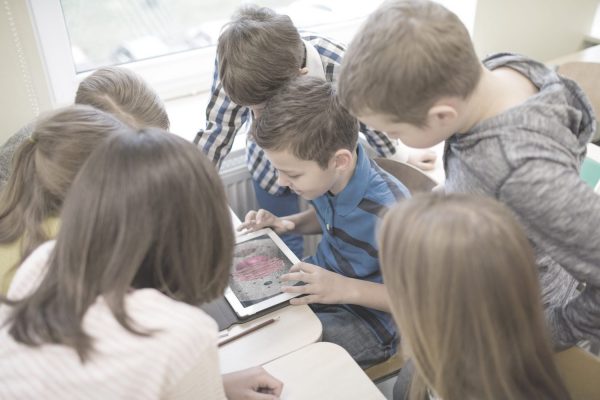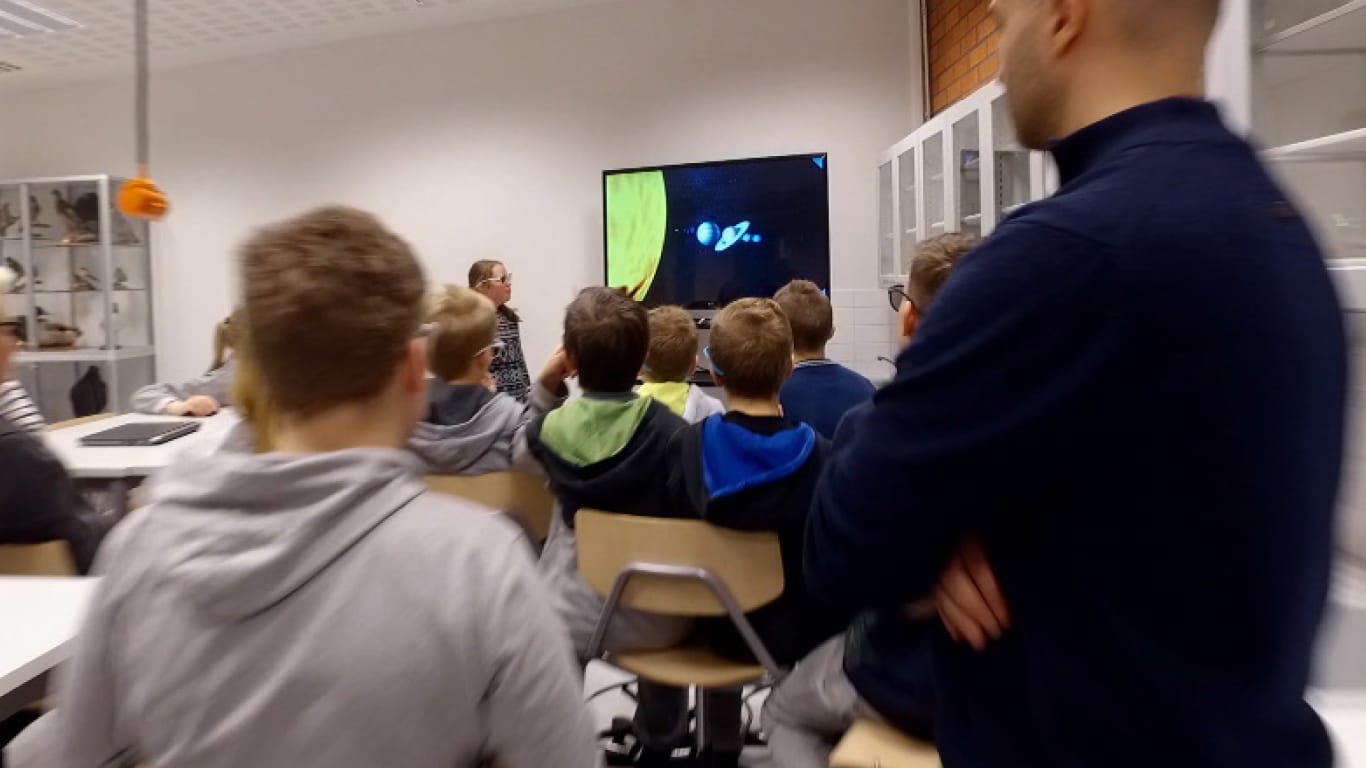Activate

A classroom without engagement is a classroom without learning. But how do you create a great basis for learning and engaged students?
21st century skills
To prepare students for success in college, career, and life, schools are increasingly focusing on developing their 21st century skills: creativity and imagination, collaboration and teamwork, problem solving, and critical thinking. Digital tools can provide a big advantage in taking the students from being passive consumers of IT and media to becoming active producers, practicing the above skill set.
Peer teaching
The most thorough learning experience is teaching, since you will need to test whether or not you really understand a concept. You can’t just ‘kind of get it’ or know it just well enough to get by on a test; teaching calls for complete understanding of the concept. You will also need to be able to adjust the level of your explanation to the listener.
Engaging and activating students
Constructivist theory suggests that learners use their own experiences to construct knowledge. Therefore, teaching methods that promote active learning, where the students are learning by doing, is to be preferred over just listening to, or reading explanations before getting the chance to explore and examine.
“Being told procedures and concepts before problem solving can inadvertently undermine the learning of deep structures in physics. If students do not learn the underlying structure of physical phenomena, they will exhibit poor transfer.”
Practicing Versus Inventing With Contrasting Cases: The Effects of Telling First on Learning and Transfer, Daniel L. Schwartz, Catherine C. Chase, Marily A. Oppezzo, and Doris B. Chin, Stanford University
“We found that students who first explored the topic on a tangible interface and then watched a video lecture significantly outperformed students who watched a lecture first and then completed a hands-on activity.”
Flipping the Flipped Classroom: A Study of the Effectiveness of Video Lectures Versus Constructivist Exploration Using Tangible User Interfaces, Bertrand Schneider and Paulo Blikstein, Stanford Graduate School of Education
HOW TO ACTIVATE STUDENTS USING SENSAVIS
By letting your students work directly with a tool like Sensavis, their abilities are developed since they can explore, examine, cooperate, create, and in turn, teach other students. This way, the students can deepen, broaden, and understand their learning. By letting the students create their own interactive projects, the students transition from passive consumers to active producers of media and information. Uploading the projects to OneNote or G-suite will make it easier to work with formative assessments.
Learn from peers

“Turning the students into producers by letting them make their own videos using the product was one of the key advantages for us.”
Thoha Saleem, principal at Ghiyasuddin International School, Maldives

“Sensavis’ visual learning tool has helped my students understand biology much better. But the biggest difference was when the students started working with the program themselves. This is where the most of the learning has taken place. They have learned to work as a team, make better use of information and communication technologies, observe, search for information, and edit; as well as to share information and ideas. The students’ interaction and communication skills have also improved significantly, from teaching other groups and younger students. They are forced to reflect on what and how to teach.”
Ville Sillanpää, geography and biology teacher, Yli-Ii Comprehensive School in Oulu, Finland

Motala Municipality have two main goals with their digital strategy: Firstly, to take the students from passive consumers of IT and media to becoming active producers, secondly, to develop their skills both within IT and other skills needed for a lifelong learning. “One of the ways we will work with Sensavis is with silent videos – the educator records a silent movie that shows a course of events/a process and the students work in groups with adding a voice that explains what happens. This will support both working with formative assessments and the development of skills needed for teamwork.”
Kristina Stenvall, operations manager compulsory/special needs school, Motala municipality.

“The introduction of technology and IT at an early age should also be considered from a gender perspective. Boys often help themselves in these areas and girls become the beholder. Allowing girls to work directly with the technology early can help more girls in the future will choose specializations in technical and scientific applications. I also want to highlight the democratic value by bringing in technology and IT in preschool because not all children have access to computers and tablet devices at home.”
Birgitta Andrén, preschool director in Upplands Väsby Municipality
More reading
Suggested tools